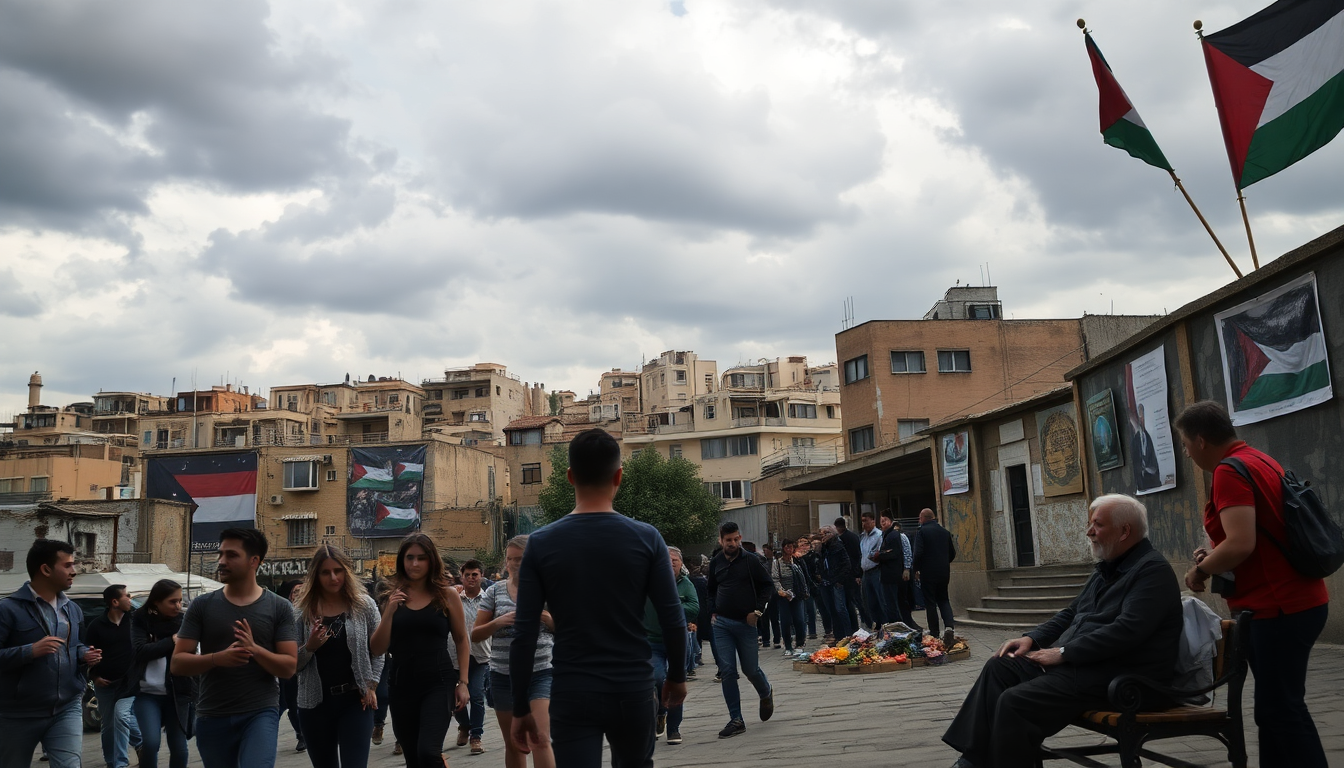Table of Contents
The Middle East conflict is one of the most intricate and enduring geopolitical challenges we face today. With its deep historical roots and a cast of many players, understanding the situation requires a nuanced approach. In this analysis, we’ll delve into the current tensions, particularly the Israeli-Palestinian conflict, the influence of international players, and the possibilities for future resolutions.
What’s Happening Now in the Israeli-Palestinian Conflict?
At the core of this ongoing conflict lies a fierce battle for territory and recognition. Over the past few years, the situation has escalated sharply, with both sides experiencing significant losses. Israel’s military operations in Gaza have attracted international attention and criticism, sparking concerns about the humanitarian consequences of its actions. The blockade on Gaza, intended to limit militant activities, has led to dire living conditions for many Palestinians, prompting accusations of collective punishment.
As we explore the current landscape, it’s essential to consider the perspectives of the key players involved. Israel, under its current government, is focused on ensuring its security, often at the cost of Palestinian rights. On the other hand, Palestinian factions are struggling with internal divisions, which complicates their response to the actions taken by Israel. The international community is closely watching, with reactions ranging from strong support for Israel to calls advocating for Palestinian autonomy and human rights.
How Do International Players Fit Into This Picture?
The role of global powers in the Middle East conflict is crucial and cannot be ignored. Historically, the United States has been a steadfast ally of Israel, providing military and financial backing while pushing for peace negotiations. However, recent shifts in U.S. foreign policy have raised questions about its effectiveness in promoting peace. For example, the Trump administration took a controversial approach that many believe undermined the possibility of a two-state solution.
In contrast, regional players like Iran have seized upon the conflict to strengthen their influence. Iran’s support for groups opposing Israel adds complexity to the situation, introducing further layers of tension and potential conflict. Other nations, particularly those within the Arab League, play a vital role as they juggle their interests while trying to address the humanitarian crisis unfolding in Gaza.
What Lies Ahead: Future Implications and Possible Resolutions?
Looking toward the future, the road to peace seems fraught with challenges. The ongoing cycle of violence highlights the urgent need for renewed diplomatic efforts, yet mutual distrust and the lack of a clear negotiation framework hold back progress. A ceasefire in Gaza might offer temporary relief, but without addressing the root causes, it risks being merely a band-aid solution.
Additionally, there are concerns about Iran potentially escalating its nuclear ambitions once the conflict subsides, which could further destabilize the region. Comprehensive strategies that involve dialogue, economic investment in Palestinian territories, and a strong commitment to human rights might pave the way for a more sustainable peace. However, achieving consensus among the involved parties presents a significant challenge.
In conclusion, the Middle East conflict is a multifaceted issue that calls for careful examination and a genuine willingness to engage in meaningful dialogue. As the situation develops, the hope for peace relies on the commitment of all stakeholders to tackle the root causes and seek viable solutions that honor the aspirations of both Israelis and Palestinians.


